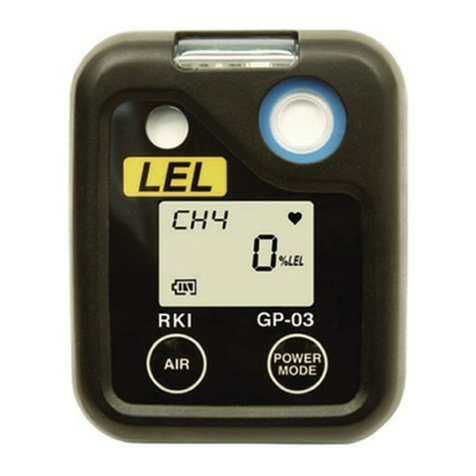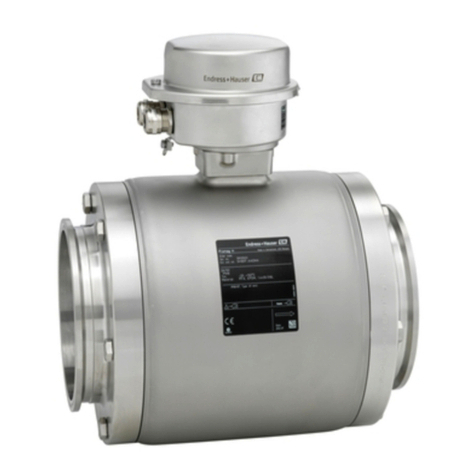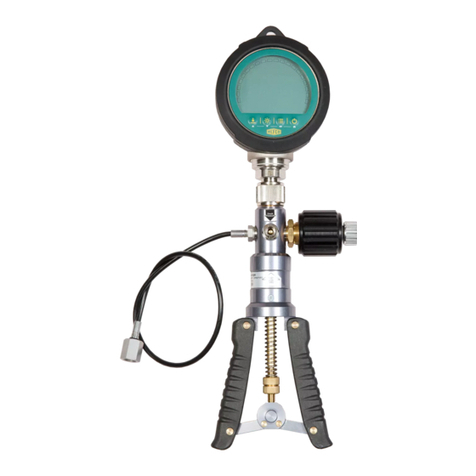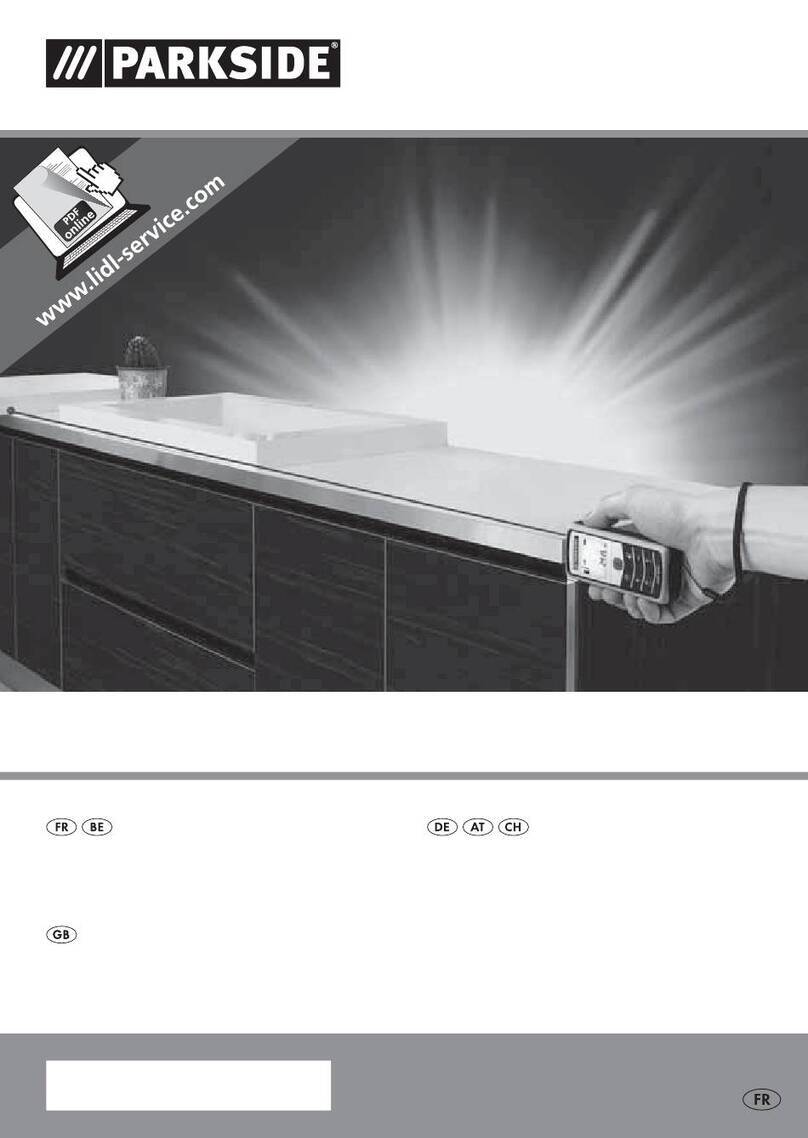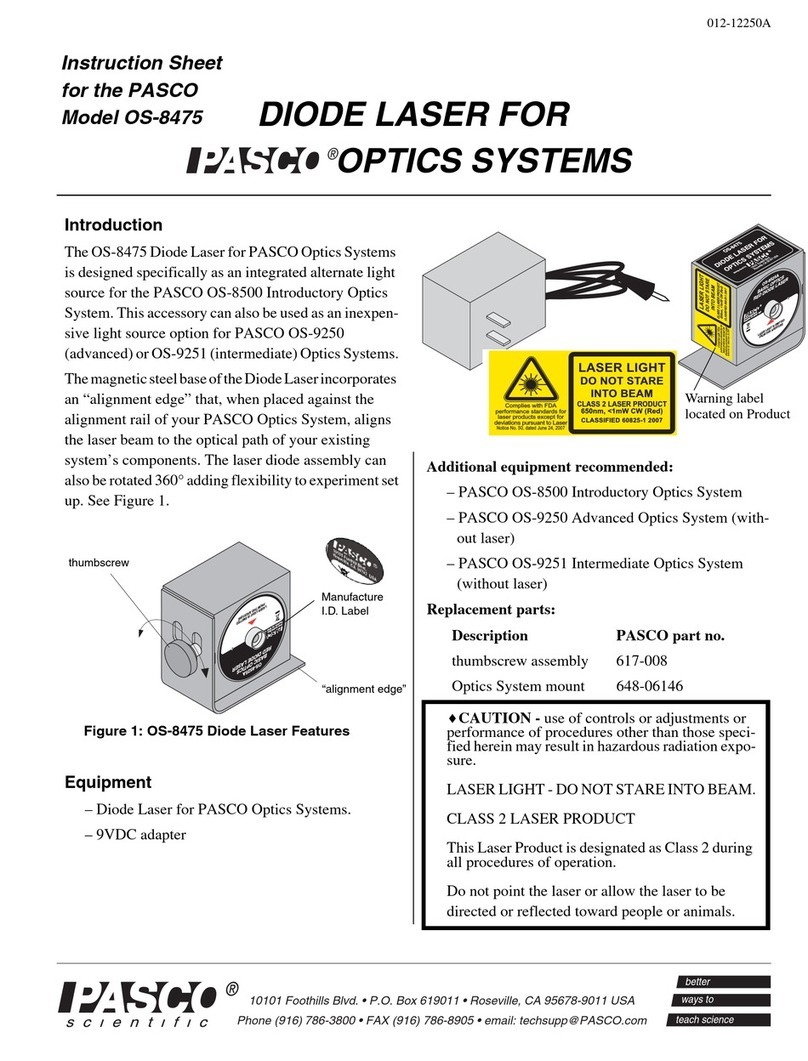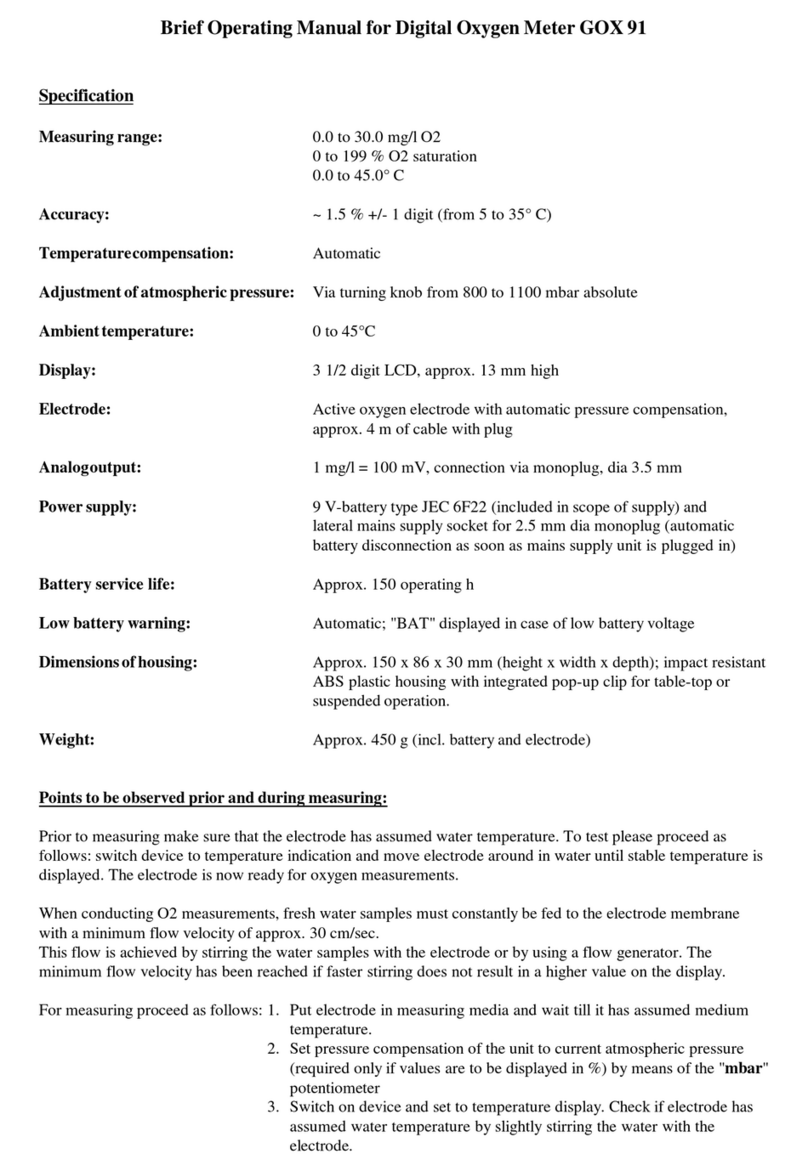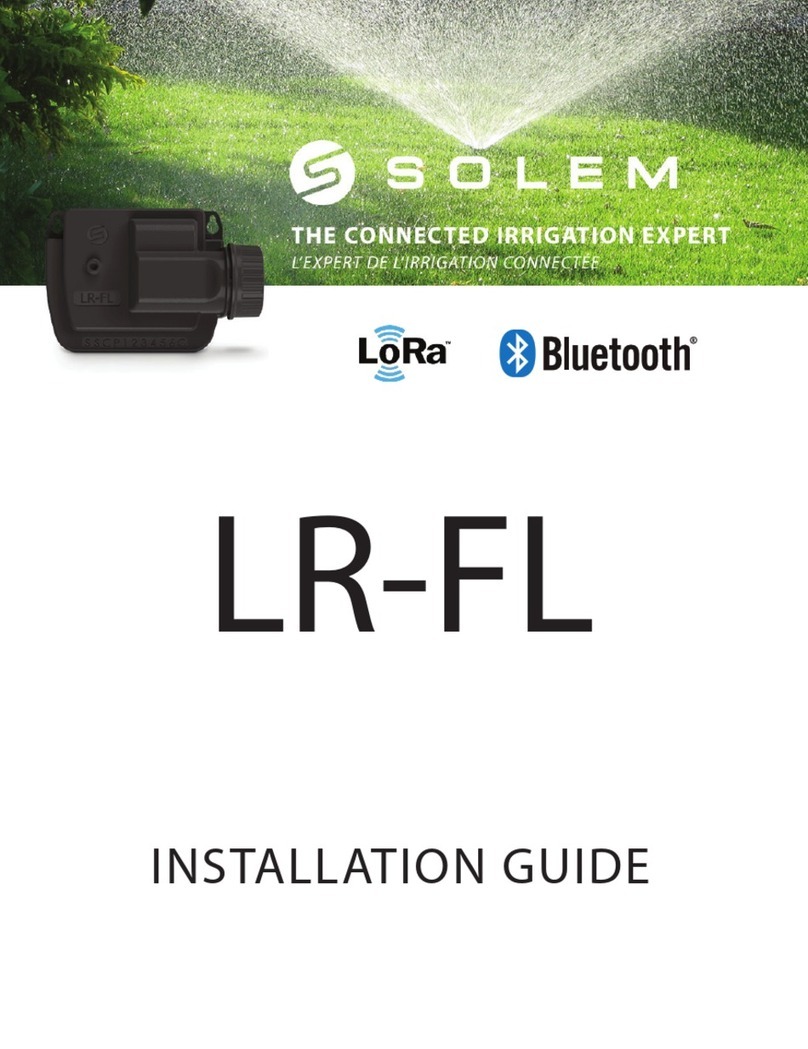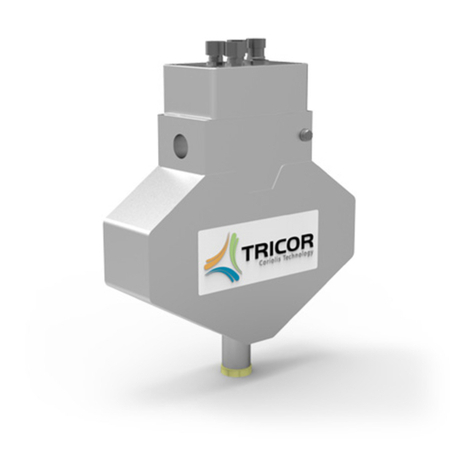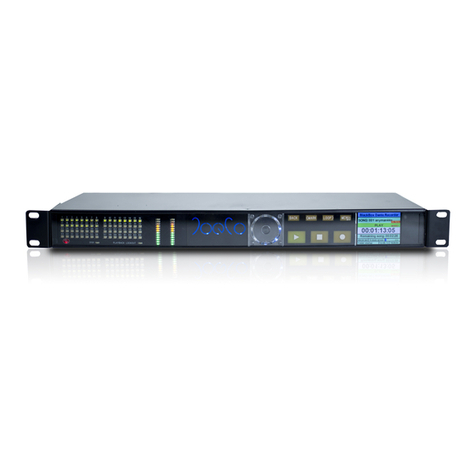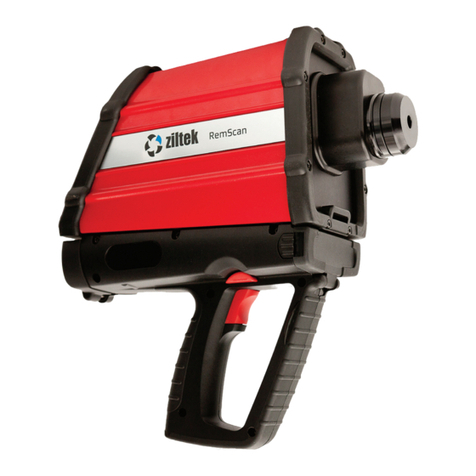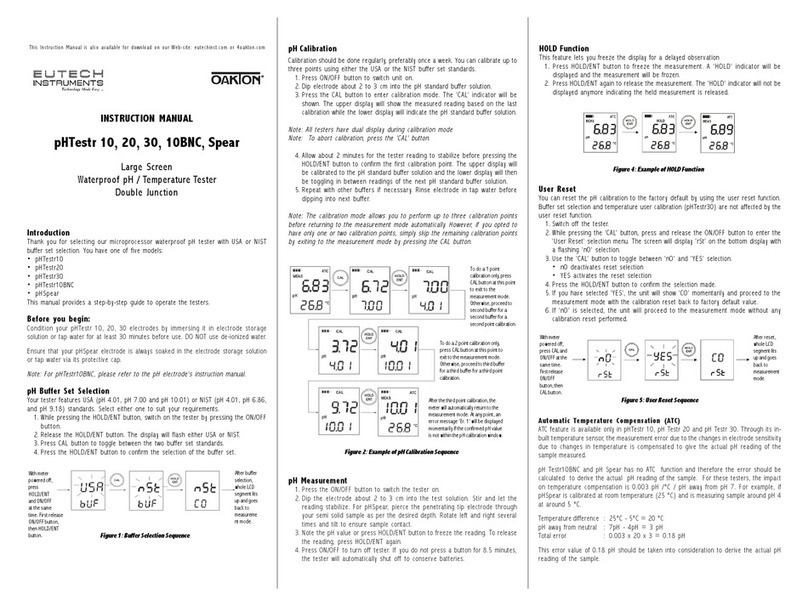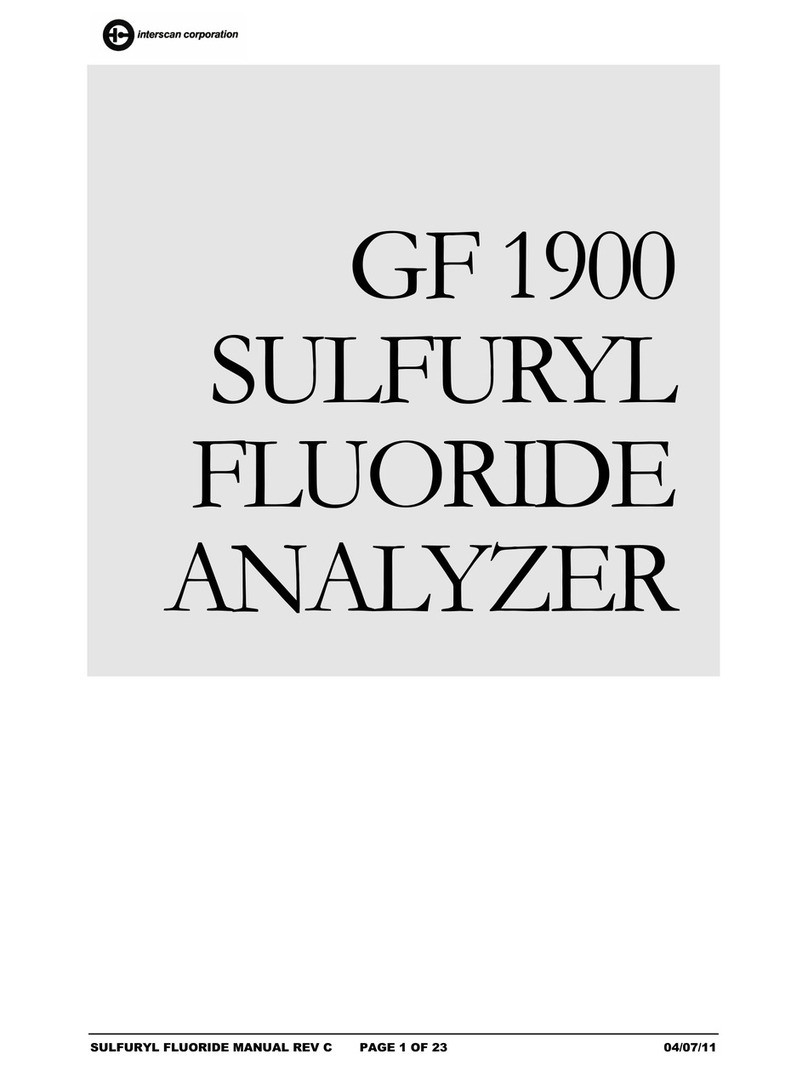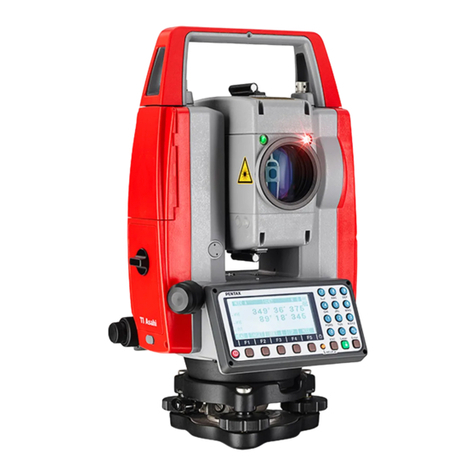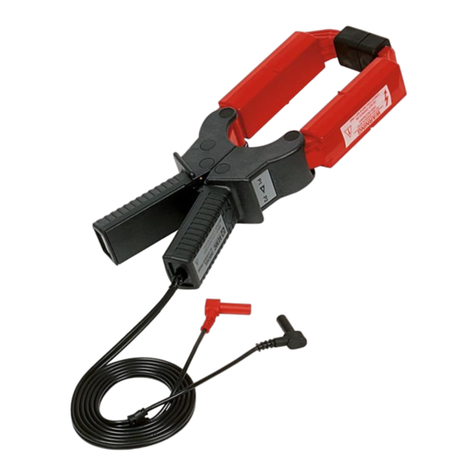
Page | 2
CALIBRATION.
The gauge is calibrated before shipping which will normally be adequate for roughing or backing pump
operation, but it is advisable to carry out the calibration procedure to ensure optimum set-up.
The gauges are supplied calibrated for Nitrogen. To adjust the calibration the gauge needs to be
connected to a system that will readily produce a pressure below 1x10-3 millibar. The adjustment
potentiometers are located in the DIN connector and are accessed through the two holes adjacent to the
VAC and ATM text. Both potentiometers are single-turn devices: use an instrument screwdriver to adjust
them and do not force them past the end stops.
1. Connect to an operating controller and expose the gaugehead to atmosphere. Allow the gauge
to stabilise for 5 minutes.
2. Rotate "ATM" so that the controller reads atmospheric pressure.
3. Expose the gaugehead to a pressure below 1x10-3 millibar and wait 5 minutes for the gauge to
stabilise.
4. Adjust "VAC" until a reading of 1x10-3 millibar is obtained. Back off the adjustment to the point
where the controller is about to increase the reading.
5. Expose the gaugehead to atmosphere, allow time to stabilise and repeat steps 2 through 4 in
order to get consistent readings at atmosphere and vacuum.
Users of AML controllers who have access to a DVM can perform a slightly more accurate calibration by
adjusting the voltage on test points V1 and V2 on PGCs or VP1 and VP2 on NGCs ( for Pirani 1 and 2
respectively ) on the main PCB assembly of the instrument with respect to 0VA. The voltage should be
between 0v and +0.020v at atmosphere and between +4.99 and +5.01v at below 1x10-3 millibar. N.B.
Gross mis-calibration of the "VAC" control may cause an AML controller to report an open-circuit filament
at low pressures.
WARNING. Do not plug a Pirani gauge into the 'Auxiliary ' socket of a PGC, as this will damage the
filaments. Do not attempt to remove the backshell/cable clamp from the gaugehead as this may cause a
leak.
MAINTENANCE. No routine maintenance is required. The most likely cause of a shift in calibration is
contamination of the measuring filament by exposure to hydrocarbons. Calibration may sometimes be
restored by filling half the gauge space with Isopropyl alcohol, covering the end and shaking along the
axis. Limit the time exposure of the gaugehead to a few minutes. Any attempt to clean the filament by
mechanical means will probably break it. Filament replacement is not possible.
